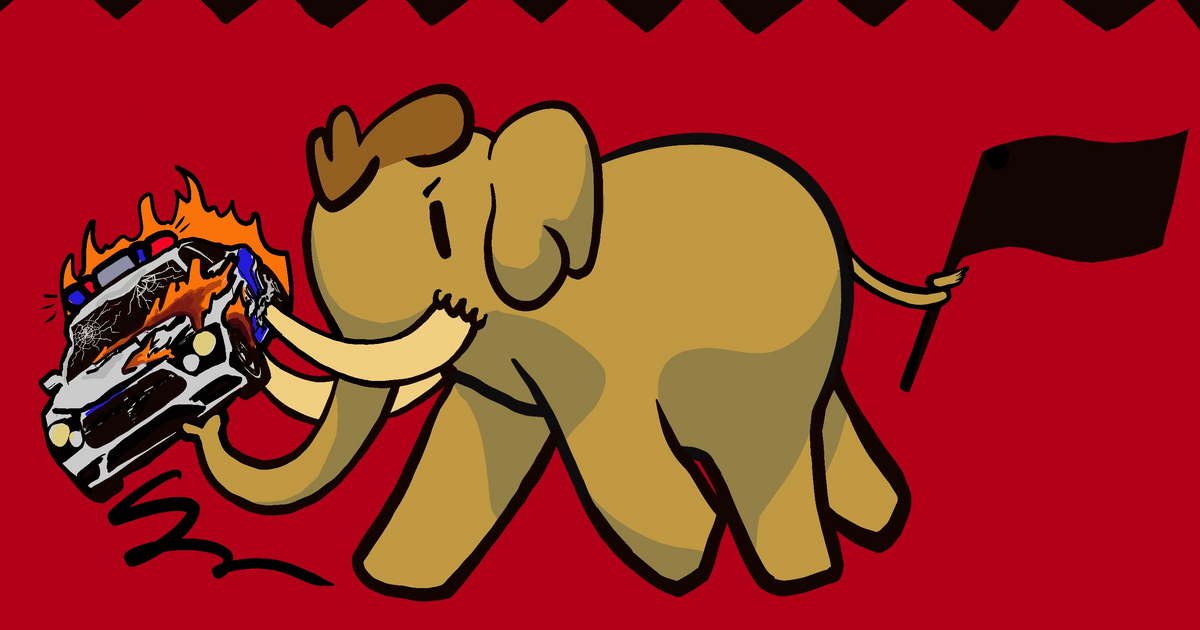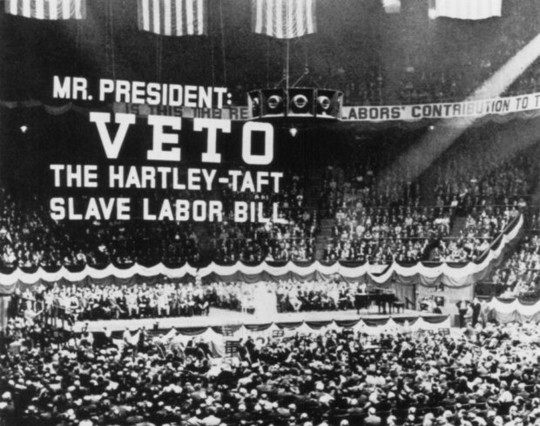Recent searches
Search options
Today in Labor History September 16, 1945: 43,000 oil workers went on strike in 20 states. During WWII, most of the major unions collaborated with the U.S. war effort by enforcing labor “discipline” and preventing strikes. In exchange, the U.S. government supported closed shop policies under which employers at unionized companies agreed to hire only union members. While the closed shop gave unions more power within a particular company, the no-strike policy made that power virtually meaningless. When the war ended, inflation soared and veterans flooded the labor market. As a result, frustrated workers began a series of wildcat strikes. Many grew into national, union-supported strikes. In November 1945, 225,000 UAW members went on strike. In January 1946, 174,000 electric workers struck. That same month, 750,000 steel workers joined them. Then, in April, the coal strike began. 250,000 railroad workers struck in May. In total, 4.3 million workers went on strike. It was the closest the U.S. came to a national General Strike in the 20th century. And in December 1946, Oakland, California did have a General Strike, the last in U.S. history. Overall, it was the largest strike wave in U.S. history. In 1947, Congress responded to the strike wave by enacting the Taft-Hartley Act, restricting the powers and activities of labor unions and banning the General Strike. The act is still in force today and one the main reasons there hasn’t been a General Strike in the U.S. since 1945.



